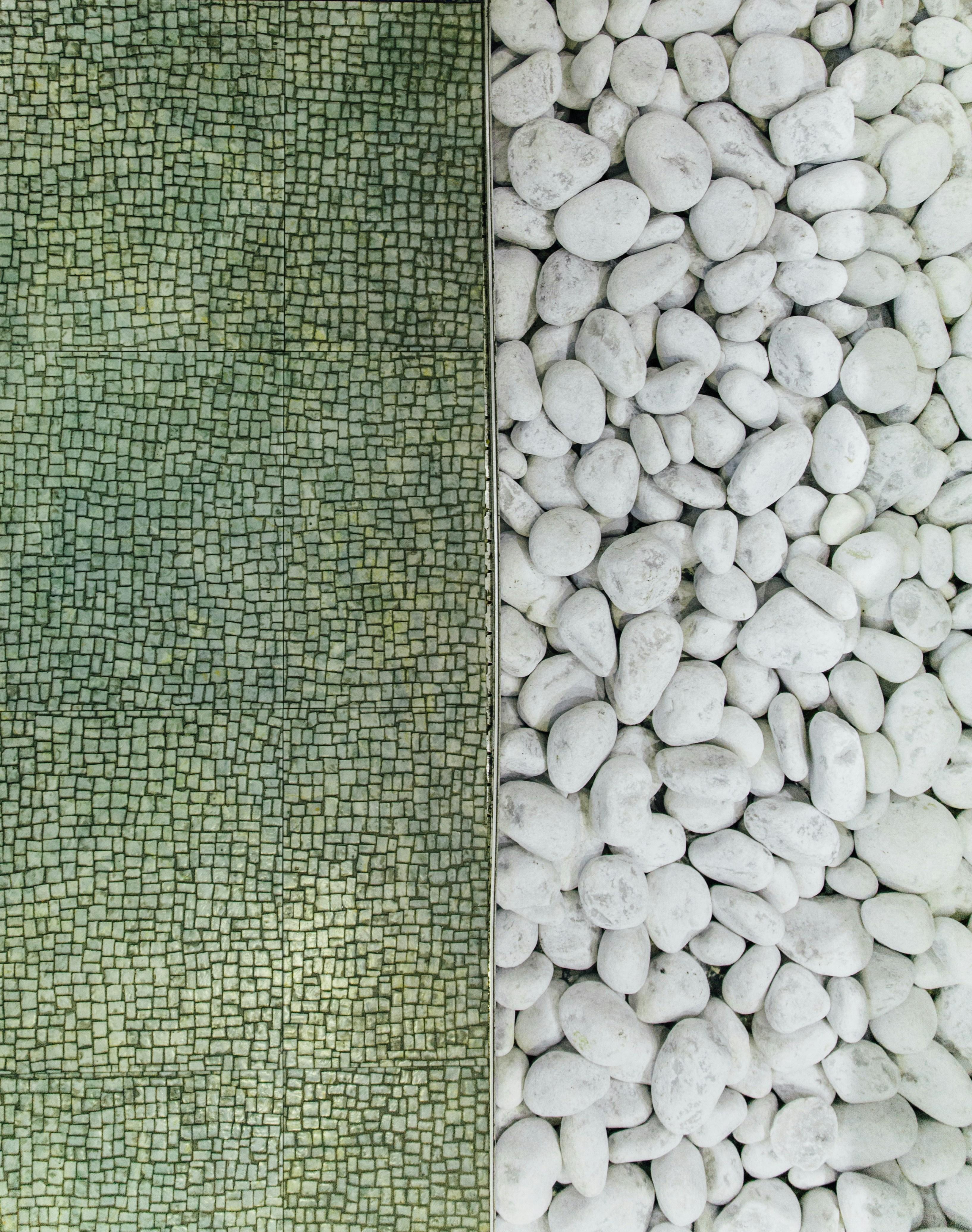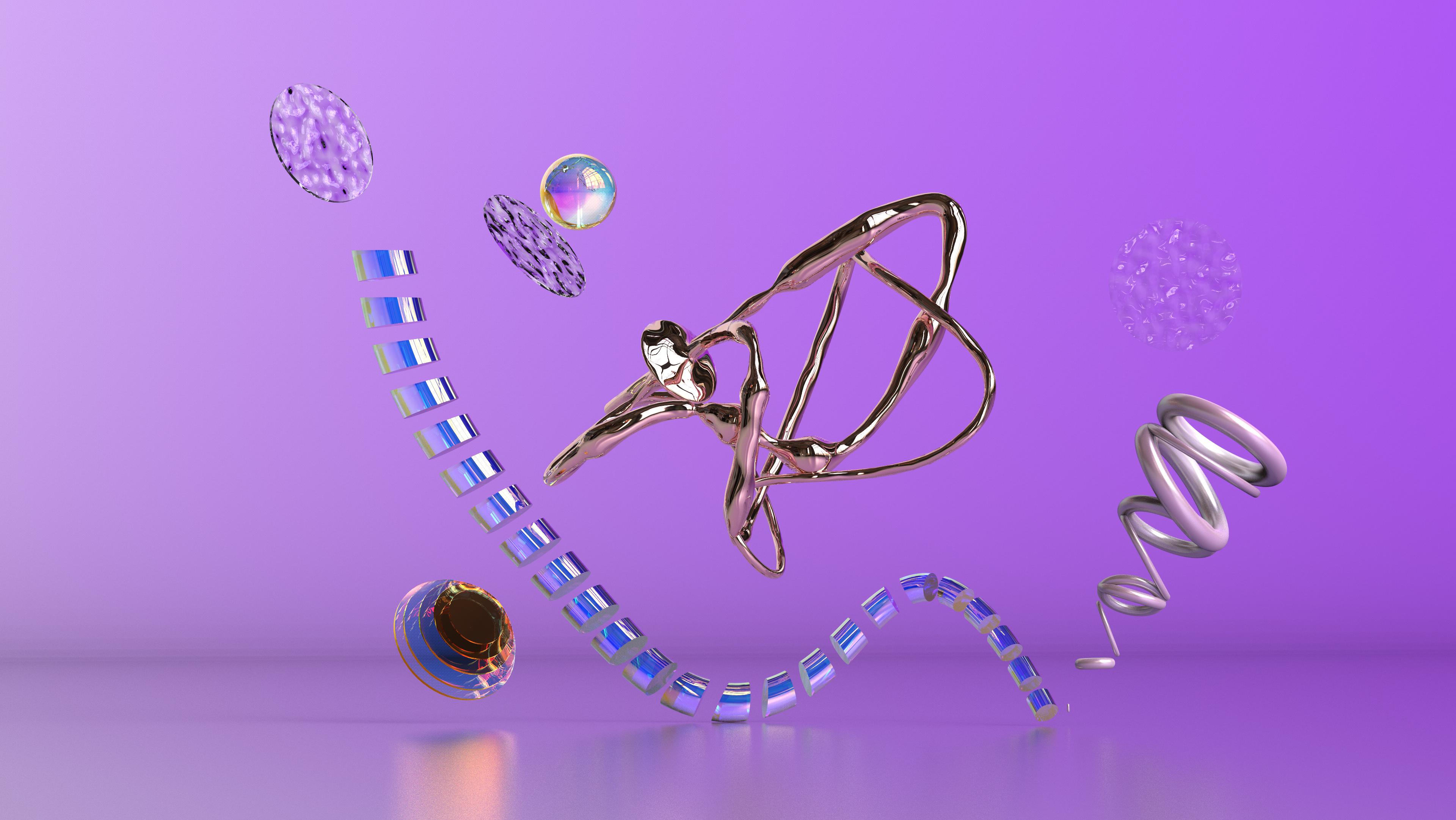In the ever-evolving world of cinema, the devil is often in the details, and nowhere is this more apparent than in the intricate art of set design. This year, filmmakers have raised the bar, weaving subtle yet impactful elements into their sets that transcend mere background, becoming integral to storytelling and character development. These hidden details, often overlooked by the casual viewer, are what set this year’s top movies apart, creating immersive worlds that resonate with authenticity and depth. As we delve into the nuances of these cinematic landscapes, we uncover how meticulous design choices not only enhance visual appeal but also elevate narrative complexity, offering a richer, more engaging viewer experience.
Understanding the Subtle Artistry in Modern Set Design
In the realm of modern cinema, set design has transcended mere backdrop status, evolving into a sophisticated narrative tool that subtly shapes a film’s emotional and thematic landscape. The artistry lies in the details, where color palettes and architectural elements serve as visual metaphors. This year’s standout films have leveraged these nuances to create immersive worlds that resonate deeply with audiences.
- Color Symbolism: Directors and designers use colors to evoke emotions and hint at underlying themes. A shift from warm tones to cooler hues within a scene can subtly signal a character’s emotional journey.
- Texture and Material Choices: The choice of materials, from sleek metals to rustic woods, not only reflects a film’s setting but also its mood and tone, providing viewers with a tactile sense of the environment.
- Historical and Cultural References: Incorporating elements that nod to specific time periods or cultures can enrich the narrative, offering layers of meaning that astute viewers can uncover.
These components, though often overlooked, are meticulously crafted to enhance storytelling, proving that the true magic of set design lies in its ability to influence without overshadowing.

How Color Schemes Enhance Narrative Depth
Color schemes in set design are not just about aesthetic appeal; they serve as powerful storytelling tools that deepen the narrative. By deliberately choosing specific colors, filmmakers can evoke emotions, signify character arcs, and highlight thematic elements. For instance, a transition from cool blues to warm reds might subtly indicate a character’s journey from isolation to passion. These choices create a visual language that enhances the audience’s emotional engagement without a single word being spoken.
- Symbolism: Colors often carry symbolic meanings that resonate with viewers on a subconscious level. A recurring use of green might symbolize envy or growth, adding layers to character dynamics.
- Mood Setting: A consistent color palette can set the tone for a scene, whether it’s the somber grays of a dystopian world or the vibrant yellows of a hopeful future.
- Character Development: Changes in a character’s surroundings, reflected through evolving color schemes, can mirror their internal transformation.
These intricate details in color selection are what make the year’s top movies not just visually stunning but narratively profound, leaving audiences with a richer, more immersive experience.

Innovative Material Use for Authentic Atmospheres
In this year’s standout films, the strategic use of innovative materials has transformed set designs into immersive experiences. Designers are moving beyond traditional resources, incorporating elements like recycled plastics, 3D-printed structures, and biodegradable composites to craft authentic atmospheres that resonate with audiences. This not only enhances the visual appeal but also subtly reinforces thematic elements, creating a seamless blend of story and environment.
Key techniques that have redefined the visual storytelling landscape include:
- Reclaimed Wood: Utilized for its rich texture and history, it brings warmth and depth to period pieces.
- Smart Textiles: These adaptive fabrics change color or opacity, adding dynamic layers to futuristic settings.
- Organic Paints: Eco-friendly options that ensure vibrant colors without harmful chemicals, perfect for close-up shots.
By embracing these materials, set designers are not only pushing the boundaries of creativity but also aligning with sustainable practices, ensuring that the magic of cinema remains both innovative and responsible.

Integrating Technology to Elevate Visual Storytelling
In the realm of modern cinema, technology has become an indispensable ally in crafting immersive and intricate set designs. Digital rendering and augmented reality allow set designers to visualize and manipulate environments with unparalleled precision, creating worlds that captivate audiences and enhance storytelling. These tools enable designers to experiment with textures, colors, and layouts before physical construction begins, ensuring that every element contributes to the narrative’s emotional depth.
- Virtual Reality Previews: Directors and designers can explore virtual versions of their sets, allowing for real-time adjustments that enhance storytelling impact.
- 3D Printing: Rapid prototyping of props and set pieces adds layers of authenticity and detail that were previously unimaginable.
- AI-driven Design: Algorithms suggest innovative design solutions, offering new perspectives that push creative boundaries.
These technological advancements not only streamline the production process but also open up a world of possibilities for visual storytelling, making this year’s top movies truly stand out with their breathtaking and cohesive set designs.

